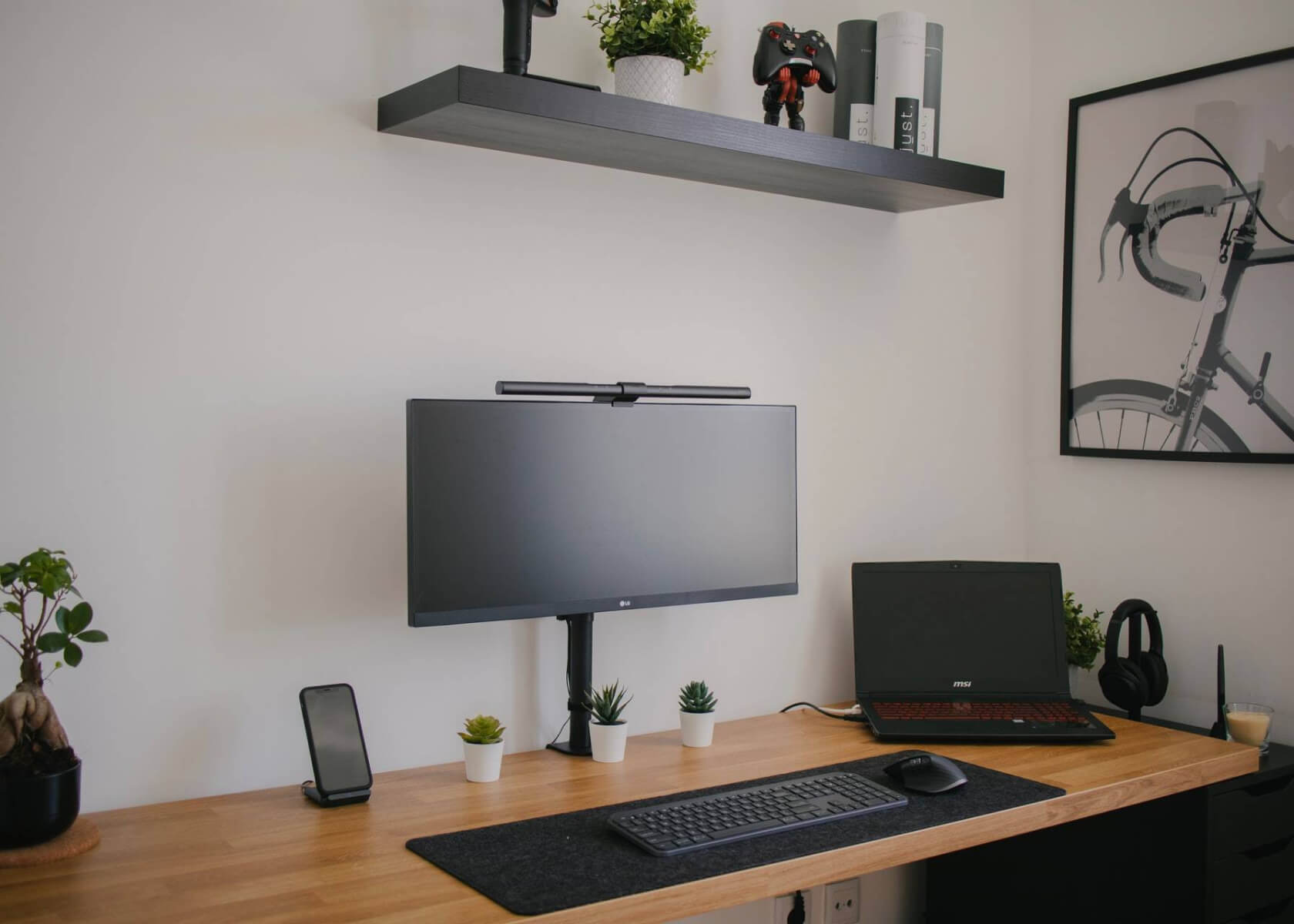Design and Organize Your Digital Movie and Entertainment Collection with Notion

New to Notion?
How to Design and Organize a Digital Movie and Entertainment Collection using Notion
Notion is a versatile tool that can be used for a wide range of purposes, including organizing and managing your digital movie and entertainment collection. With its flexible layouts, databases, and powerful customization options, Notion allows you to build a comprehensive catalog of your favorite movies, TV shows, books, music, and more. This guide will walk you through designing and organizing a digital movie and entertainment collection using Notion, incorporating current features and best practices.
Step 1: Set Up a Notion Workspace
Begin by creating a dedicated Workspace for your movie and entertainment collection. To do this, click on the "+" icon in the left sidebar and select "New Workspace". Name your Workspace something clear, such as "Movie Collection" or "Entertainment Hub". With Notion’s improved collaboration features, you can even invite friends or family to explore or contribute to your collection.
Step 2: Create a Database
Inside your Workspace, create a new database by clicking on the "+" icon at the top of the page and selecting "Database". Notion now offers both inline and full-page databases, so choose the one that best suits your layout preference. You can start with one of Notion’s database templates or build your own custom database from scratch.
Step 3: Define Database Properties
Next, customize the properties for your database to help you categorize and organize your collection. Some suggested properties include:
- Title: The name of the movie or entertainment item.
- Year: The release year.
- Genre: The category of the item (e.g., Action, Drama, Comedy).
- Director: The director’s name.
- Actors: A list of main actors.
- Rating: Your personal rating.
- Watched: A checkbox to indicate if you’ve seen the movie or item.
- Notes: Additional observations or thoughts.
Add properties by clicking the "Add a property" button at the top right of the database page. Notion now supports richer property types like multi-select, URL, and even relation properties that can link to other databases.
Step 4: Import and Populate Data
After setting up your properties, populate your database. You can import data from CSV or Excel files if you already have your collection recorded elsewhere. Click on the "Import" button at the top right of your database page and follow the instructions to select and import your file.
Alternatively, add new items manually by clicking the "+" icon in the database. With Notion’s improved editing experience, inline editing is now more seamless, making it easier to update entries on the fly.
Step 5: Customize Views
One of the strengths of Notion is the ability to create multiple views for your data. You can switch between table, list, gallery, and calendar views to see your collection in different formats. To change the view, click the "⋯" icon at the top right of the database page and select the view that works best for your needs. Experiment with different layouts—gallery view is especially great for visual collections with movie posters or album covers.
Step 6: Apply Filters and Sorts
Use filters and sorts to quickly find specific items or organize your entertainment catalog effectively. Access these options by clicking the "⋯" icon on the database page and selecting "Filter" or "Sort". For instance, you can filter by genre to display only comedies or sort by rating to bring your favorites to the top of the list. Notion’s updated filtering options allow for multiple criteria and more refined searches.
Step 7: Create Additional Pages
Enhance your collection by creating dedicated pages for individual movies or entertainment items. These pages can include detailed information such as synopses, cast and crew details, trailers, reviews, and recommendations. To add a new page, click the "+" icon in the left sidebar and select "Page". Linking detailed pages to your main database using relation properties can further enrich your collection and streamline navigation.
Step 8: Integrate and Enhance Your Collection
Notion’s recent integrations and API improvements make it easier than ever to connect with external services. Use tools like the "Web Clipper" browser extension to save articles, reviews, or trailers directly to your Workspace. Additionally, integrating with databases from IMDb, TMDb, or Letterboxd can automatically update movie details and ratings. For more advanced users, Notion’s API lets you create custom automations that sync your collection with other apps or services.
Conclusion
Notion is a powerful solution for designing and organizing a digital movie and entertainment collection. By leveraging its flexible layout, customizable databases, and integration capabilities, you can maintain a rich, detailed catalog of your favorite content. Experiment with views, filters, and integrations to create a personalized system that meets your unique needs and keeps track of everything from classic films to the latest releases. Enjoy building your entertainment collection and exploring the endless possibilities Notion offers!


